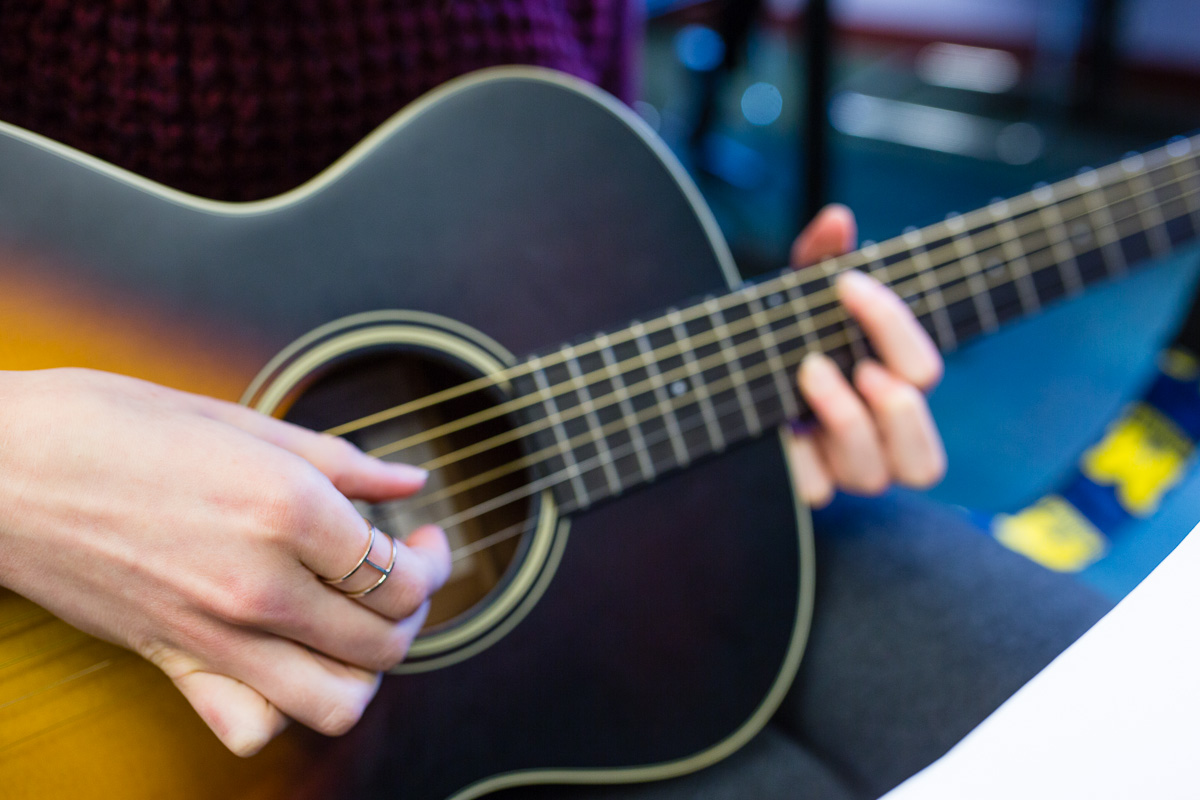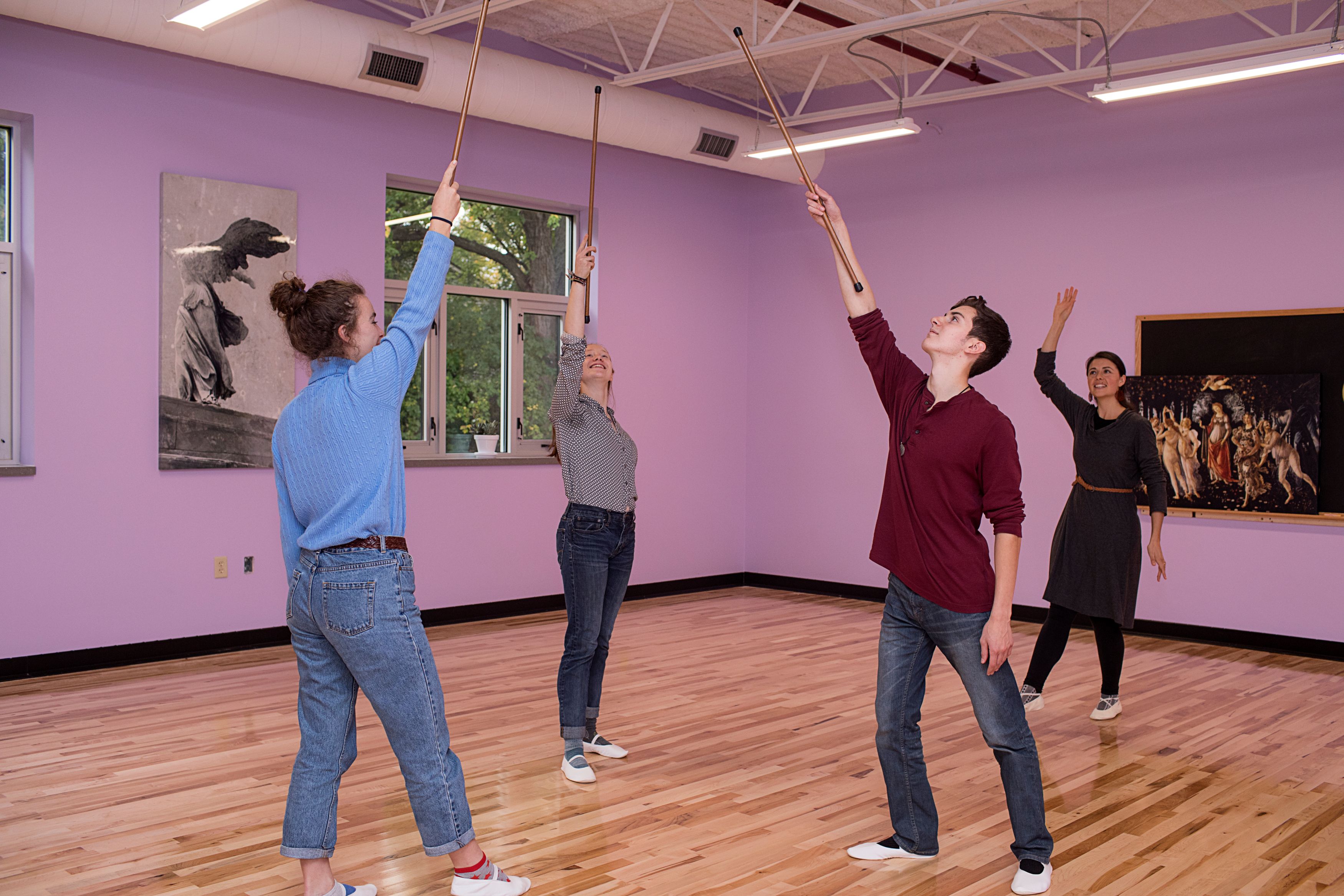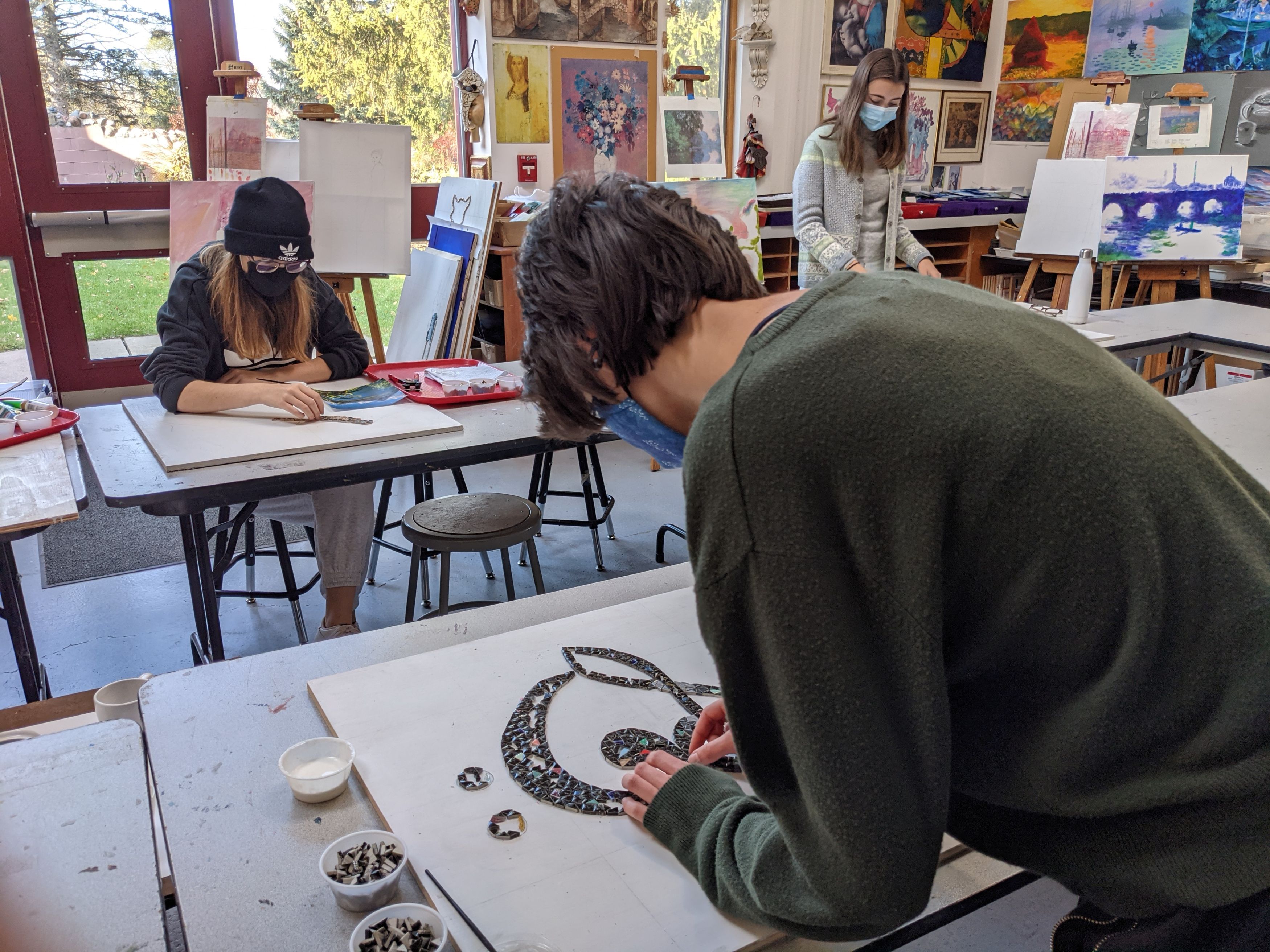

Being a Teen is Hard!
How do you quantify the value of experiences in a Waldorf school? I don’t believe you can. I have seen with my two children, as well as their friends, that they carry “something” within them that others don’t. I see it when my son runs daily, seeks out a piano and plays it wherever and whenever he can, codes “for fun,” composes music, and is taking voice lessons and theater classes alongside his astrophysics major in college. I see it in my daughter who hits the gym after school, writes poetry for herself only, takes and edits photos of the Milky Way, paints, and is currently crocheting her mother a wool afghan. When my husband and I discovered Waldorf education over 20 years ago, we could not believe that this type of education existed. Seeing the multilayered ways it has enriched my children’s lives as well as our own, we remain in disbelief. We count ourselves blessed.
Let’s face it, growing up is hard. Being a teenager has always been hard. Learning to navigate the world while your body and brain are changing is hard. Learning to separate from your family unit as you discover who you are and who you want to be is one of life’s greatest tests. And it is easy to go off track, even in the strongest of families.
Individuals who live fulfilling, healthy, and joyful lives have found ways to manage the trials and travails of life through artistic, athletic, and creative pursuits. And Waldorf students excel in all three of these areas.
In the course of living, we are all faced with challenges, some easier than others to overcome. What I really appreciate about Waldorf education is not only the curriculum in how it meets our emerging young adults, but how this education provides numerous opportunities for its students to learn and develop capacities to relieve stress in healthy ways.
It is exceedingly easy in our culture to turn to addictive substances and activities to manage our stress. How many of us turn to drugs and alcohol to “take the edge off” of daily life? A cocktail to end the day, an edible or joint on top of our daily coffee and nicotine habits, all conspire when overused to work against living a joyful and healthy life.
 Mindless scrolling through our social media accounts, video gaming and solitaire playing on our phones and tablets, and binge-watching an endless stream of movies, sports, and tv shows can eat up an entire lifetime. Not to say that any of these activities are illegal for adults, but how much do they really improve our quality of life? I would argue not much. And introduce these activities to the developing minds of adolescents, and it is easy to see why so many of our young people struggle today.
Mindless scrolling through our social media accounts, video gaming and solitaire playing on our phones and tablets, and binge-watching an endless stream of movies, sports, and tv shows can eat up an entire lifetime. Not to say that any of these activities are illegal for adults, but how much do they really improve our quality of life? I would argue not much. And introduce these activities to the developing minds of adolescents, and it is easy to see why so many of our young people struggle today.
Waldorf students are introduced to a host of creative, artistic, and athletic pursuits at an early age, and those activities get increasingly more complex as they rise through the curriculum, culminating in the high school. In music, every one of our students can read music, play an instrument, sing in a choir, and participate in an orchestra or band. This is unheard of in mainstream education.
Many Waldorf high school students take this foundation in music and branch out into other instruments and genres beyond classical. It is very common for violinists to become folk fiddle or electronic fiddle musicians, to pick up the ukulele, and acoustic and electric guitars. They will bring joy to others as they go out into the adult world, their instrument in hand. Our students who love to sing spend their adult lives in choirs and musical theater. Our students begin performing in plays starting in first grade, and many continue their love of theater as an elective in college or performing in community theaters as adults.
love to sing spend their adult lives in choirs and musical theater. Our students begin performing in plays starting in first grade, and many continue their love of theater as an elective in college or performing in community theaters as adults.
Our students are constantly on the move, through games classes in the lower school, movement and sports in middle and high school (where no student is cut from the team), and being exposed to the movement arts through eurythmy. Although I have not seen many students continue eurythmy after graduation, many are drawn to modern dance and ballet as a passion and hobby.
Our students all gain experience of the outdoors through class trips, camping, and hiking, and can easily put together their own camping trips with friends as young adults, which they carry on throughout their lives. It is well known that time spent in nature is good for the body and soul.
When reviewing the incredible array of artistic endeavors Waldorf students participate in, especially at the high school level, it is stunning in relation to what the majority of teenagers experience in our country.
 Stone carving, woodworking, handwork, sculpture, clay pottery, jewelry making, stained-glass, mosaics, painting, drawing, poetry, and photography are taught to our high school students through their twice-weekly art classes and electives. Relieving stress by hammering, throwing clay onto a pottery wheel, using your hands to work with stone and glass and paintbrushes is therapeutically and spiritually soothing on many levels.
Stone carving, woodworking, handwork, sculpture, clay pottery, jewelry making, stained-glass, mosaics, painting, drawing, poetry, and photography are taught to our high school students through their twice-weekly art classes and electives. Relieving stress by hammering, throwing clay onto a pottery wheel, using your hands to work with stone and glass and paintbrushes is therapeutically and spiritually soothing on many levels.
Combine all three of these modalities - creative, athletic and artistic - and Waldorf students have a full “toolbox” of pursuits to draw upon throughout their entire lives. These pursuits not only help alleviate and mitigate the stresses that we all face, but they bring our young people into communities of like-minded people and into relationships that bring meaning to their lives. Playing in quartets, being part of a theater troupe, singing in a choir, playing intramural or recreational sports, working with mentors, and going out camping with friends all support a healthy, balanced, and joyful life.
By providing this foundation to our young people, we can help counteract many negative influences of addictive substances and activities through alternative experiences.
I look upon these experiences in the Waldorf school the same way I understand the concept of “food as medicine.” It is a good investment to seek and provide nourishing and wholesome food for our bodies. We cannot guarantee that it will ward off all chronic illnesses, but we know deep down that it can help.
